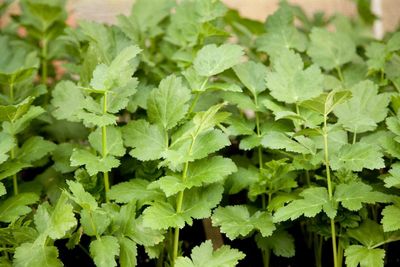Plants That Grow with Parsnips
One reason to grow parsnips in your garden, besides harvesting the tasty roots, is that the flowers on these plants that are allowed to go to seed attract predatory insects. These insects will consume pests and protect other plants as a result, especially fruit trees. The parsnip root also emits a substance toxic to red spider mites, fruit flies, and pea aphids. Fruit trees represent one category of great companions for parsnips, but there are others. Certain vegetables will help to protect your parsnips from pests. Onions and garlic repel aphids, ants, and flea beetles. Parsnips have a tendency to be plagued by root maggots, which will destroy your harvest. Onions and radishes may help, but also try planting your parsnips with wormwood. Parsnips will also do well planted near:
Peas Bush beans Peppers Tomatoes Lettuce Rosemary Sage
Poor Parsnip Plant Companions
While there are plenty of companions for parsnips, there are also some anti-companions. These are the plants that should not be placed near parsnips for various reasons. These include:
Carrots Celery Dill Fennel
While it may seem as if carrots and parsnips should grow together, they actually are vulnerable to similar diseases and pests. By growing them near each other, you put them both at risk of succumbing to something like carrot root fly. Parsnip companion planting is not necessary, but by choosing carefully how you arrange your vegetables, you will get the best yields and may avoid certain pests and diseases.
